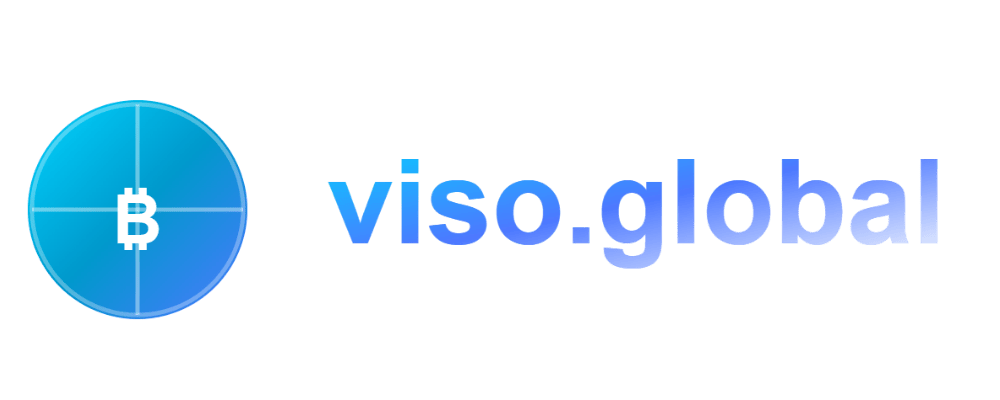Asia Leads Institutional Adoption
In a bold move underscoring Ethereum’s growing stature as a global financial asset, Li Lin, co-founder of the Huobi exchange, has announced plans to assemble a $1 billion Asia-focused treasury of ETH. Backed by a consortium of regional investors, the initiative aims to lock up a substantial portion of the token supply in institutional-grade custody and staking protocols. Early participants will benefit from network-securing rewards and yield generated by ETH 2.0 staking, while the fund itself seeks to leverage decentralized finance (DeFi) strategies to further optimize returns.
The fund’s structure marries traditional asset management rigor with next-gen blockchain innovation. Capital calls will be phased over several months, allowing contributions in both fiat and stablecoins that will be converted to ETH on major on-ramps across Asia. Custodial arrangements incorporate multi-party computation (MPC) wallets and insured cold storage to meet stringent compliance demands. Through this treasury vehicle, Li Lin hopes to pave the way for a new class of institutional adopters that view Ethereum not merely as programmable money, but as a foundational pillar of a decentralized capital market.
SharpLink’s Steady ETH Accumulation
Meanwhile, on the open market, SharpLink—an emerging digital asset manager—has quietly amassed tens of thousands of ETH over the past quarter. By deploying a dollar-cost-averaging (DCA) strategy and leveraging algorithmic trading desks, the firm has increased its holdings by more than 15 percent, translating to a multimillion-dollar position. SharpLink’s move highlights a broader trend among crypto funds that are diversifying portfolios into large-cap digital equities, with Ethereum taking center stage.
On-chain analytics platforms have flagged SharpLink’s wallets as significant buyers whenever prices dip toward key support levels. This accumulation has not gone unnoticed by retail and other institutional players, reinforcing positive feedback loops that could underpin ETH price stability. The firm’s emphasis on long-term hodling and participation in network governance via staking derivatives such as liquid-staking tokens adds another layer of depth to its treasury allocation model.
Supply Dynamics and Market Outlook
These institutional inflows coincide with Ethereum’s deflationary issuance regime, born from the EIP-1559 fee burn mechanism. Since its activation, the protocol has permanently removed millions of ETH from circulation, tightening net supply and providing a bullish backdrop for hodlers. With staking now representing over 20 percent of total ETH supply locked in validators, network security and yield generation have become key drivers of investor confidence.
Looking ahead, the confluence of large-scale treasury bids and on-chain accumulation may reduce circulating supply during periods of heightened demand. Such dynamics, paired with upcoming ecosystem upgrades focused on sharding and layer-2 rollups, are expected to enhance throughput and lower transaction costs. For institutional treasuries, these technical milestones translate into operational efficiencies and improved risk-adjusted returns.
Bottom Line
As Ethereum’s institutional wave ripples across continents, Asia’s $1 billion treasury initiative and SharpLink’s steady accumulation exemplify a maturing market. With supply tightening and staking yields in place, the stage is set for an era of sustained growth—and for Ethereum to cement its role as the backbone of decentralized finance’s global expansion.
